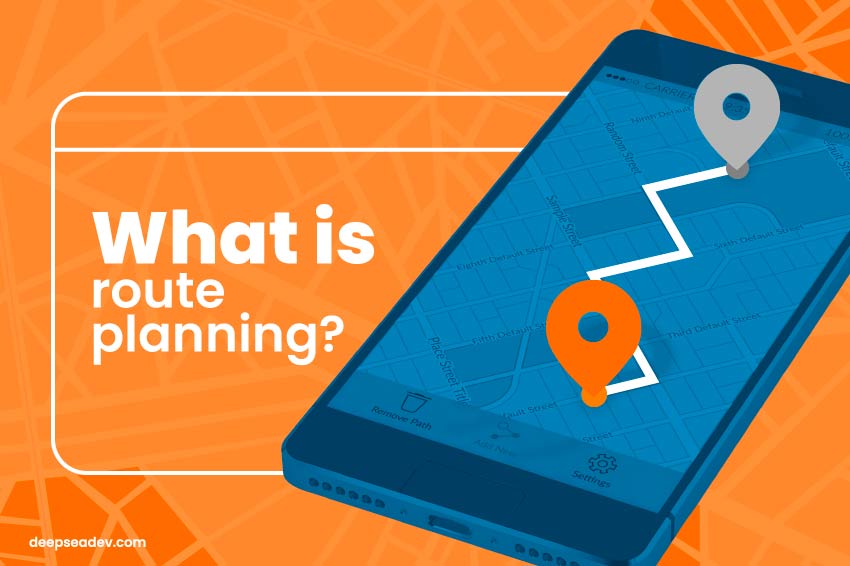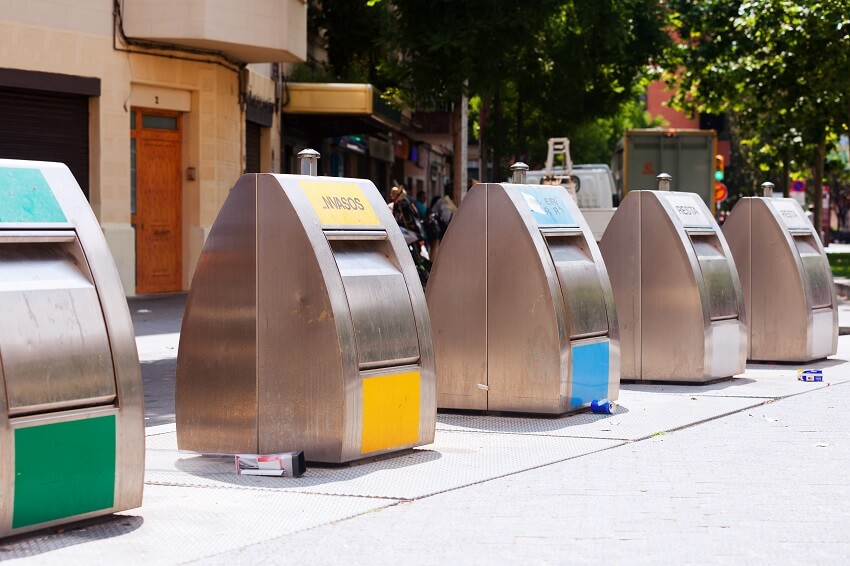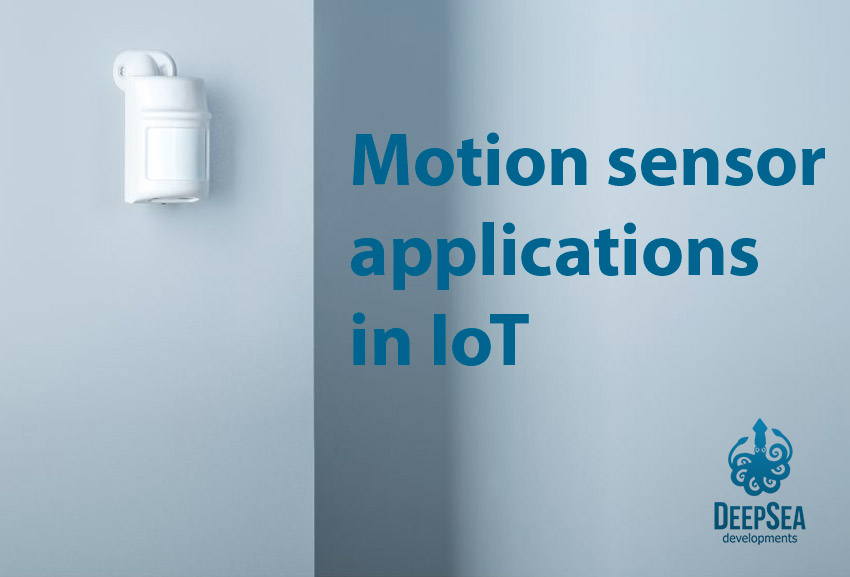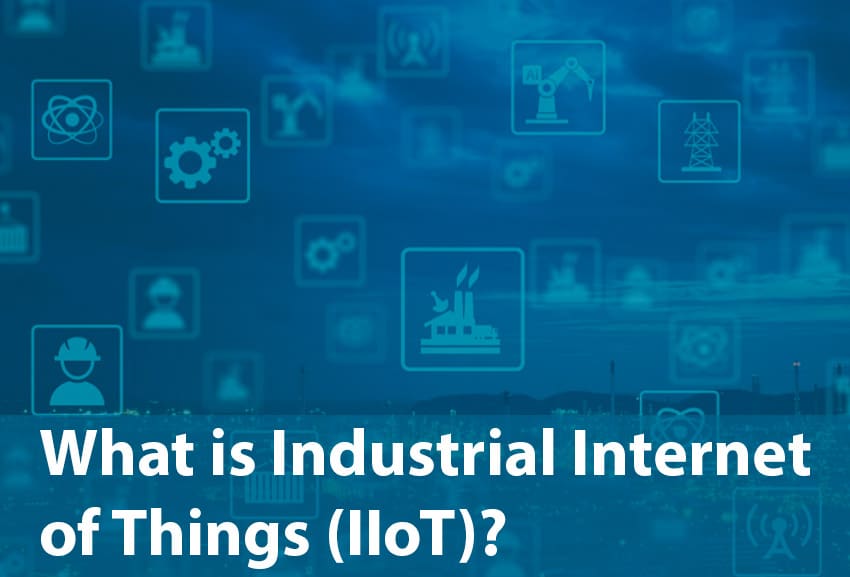Route planning entails designing the most effective paths for vehicles to travel from one location to another. It involves analyzing multiple variables, including distance, traffic congestion, road conditions, and any specific constraints or preferences related to the delivery or transportation process.
The objective of the route planning process is to minimize travel time, reduce fuel consumption, and optimize overall fleet productivity.
The Role of IoT in Route Planning
IoT fleet management has transformed route planning by providing real-time data and connectivity, which allows for dynamic and adaptive decision-making.
IoT and sensors gather information from road conditions, traffic patterns, and vehicle performance. This real-time data ensures accurate and up-to-date information for efficient route optimization. Then, thanks to this information, businesses can make data-driven route planning decisions.
Empower Drivers with Clear Instructions:
Another effect of IoT in route planning is the capacity to empower drivers with clear information. Seamless execution depends on comprehensive communication. If the Internet of Things trackers are being properly used, the managers can communicate the route plan to the drivers, ensuring they grasp every detail and address any concerns. When drivers are armed with a deep understanding, success follows suit.
Why is route planning important?
Route planning is essential to help companies identify the best possible routes, fulfill the expectations of the customers, monitor the performance of the car, and improve the overall delivery service.
What are the Types of Route Planning?
Planning delivery routes is a challenge. However, companies that work in logistics need to use different methods to deliver their products on time. Managers can work with dynamic routes, multi-stop options, open routes, closed paths, and reverse open paths.
Each strategy has its pros and cons, but in essence, the goal is to help the drivers perform as efficiently as possible during their routes. We can’t say which option is the best, but we can mention some features of each one.
Dynamic routes give multiple options to the drivers to choose from in order to deliver on time. According to weather or traffic conditions, they can select different alternatives that are previously defined.
Multi-stop route planning has to do with the different stops where the driver has to deliver different packages. So, the managers establish the route planning process according to the packages the driver has to deliver in one day.
Open routes give priority to certain points that require immediate attention for delivering products. On the other hand, close paths try to accommodate the route planning in such a way that the last delivery point will be relatively close to the warehouse of the company.
Finally, reverse open paths try to schedule first the farthest delivery places from the warehouse, and set the final delivery point the closest possible to the warehouse.
Route planning process with IoT

Thanks to the IoT tracking technology (vehicle tracking benefits), managers can improve the route planning process with ease. Since they get the following information:
Real-time traffic and road conditions
IoT devices integrated with route planning systems can access real-time traffic data and road condition information. By leveraging this data, businesses can dynamically adjust routes based on current traffic congestion, accidents, or road closures. This capability helps drivers avoid delays, select alternative routes, and optimize travel time, ultimately improving overall fleet efficiency.
Dynamic routing and optimization
IoT route planning systems use advanced algorithms and machine learning to dynamically optimize routes based on various factors. These systems can factor in variables like vehicle capabilities, fuel efficiency, delivery schedules, and customer requirements.
By continuously analyzing data from IoT tracking devices, route planning systems can adapt and generate optimized routes in real-time, ensuring efficient resource utilization.
Fleet coordination thanks to route smart technologies
Route smart technologies help fleets to seamlessly coordinate better routes in real-time when an obstacle arises.
By taking advantage of the capabilities of IoT, sensors, and platforms, businesses can monitor vehicles’ progress, track deviations from planned routes, and make adjustments as needed. This integration enables proactive management, enhances accountability, and increases overall operational efficiency.
How to plan a route with the use of IoT tracking devices
Crafting an efficient route plan is a strategic endeavor that involves gathering valuable insights, like we mentioned before, you need to know the real time traffic conditions, and physical status of the ways.
IoT tracking devices will help you to identify locations, improve delivery data, create specific routes, and identify the most effective routes. Of course, there needs to be several tests with the IoT sensors that are installed in the fleets that go around the city at different moments of the day.
Identify exact locations:
The route planning process starts by delving into the details, capturing the exact addresses of all crucial stops along the route. This will be crucial for setting the stage for a well-coordinated journey.
Improve delivery data:
IoT gathers enough data to help people in charge to get any specific instructions that can impact the route. Route smart technologies can identify, according to user preferences and historic records, what are the favorite drop off places and times of the day for delivering packages.
Create specific routes:
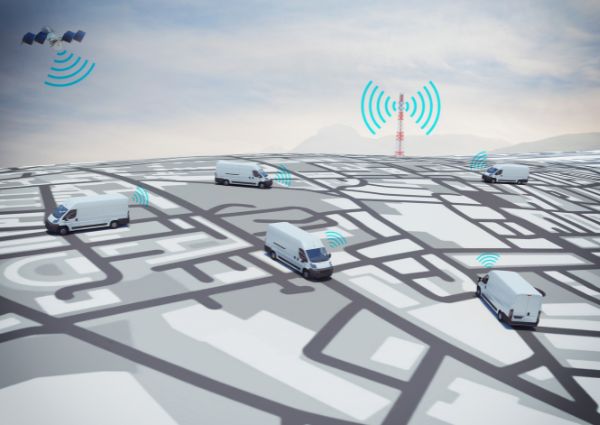
Tailoring the route type to align with your delivery goals is crucial. What kind of service do you promise to deliver to your customers? What kind of products are you trying to deliver?
By creating specific routes, you give the driver more information about the potential actions to take when obstacles arise.
Route Planning Vs Route Optimization
IoT helps logistics companies to improve their route planning process, however, route optimization is different.
Companies can identify the most effective route demands with meticulous calculations, factoring in stops, route types, and beyond, and this doesn’t mean this route is the most optimal.
There needs to be several tests to find or create a route that will work most of the times when the fleet has to move from one point to another, that is, an optimal route that will ensure a great performance of the fleets.
We hope you liked this article, if you need to improve your route planning capabilities, we invite you to contact us by clicking below and book a free consultation.

